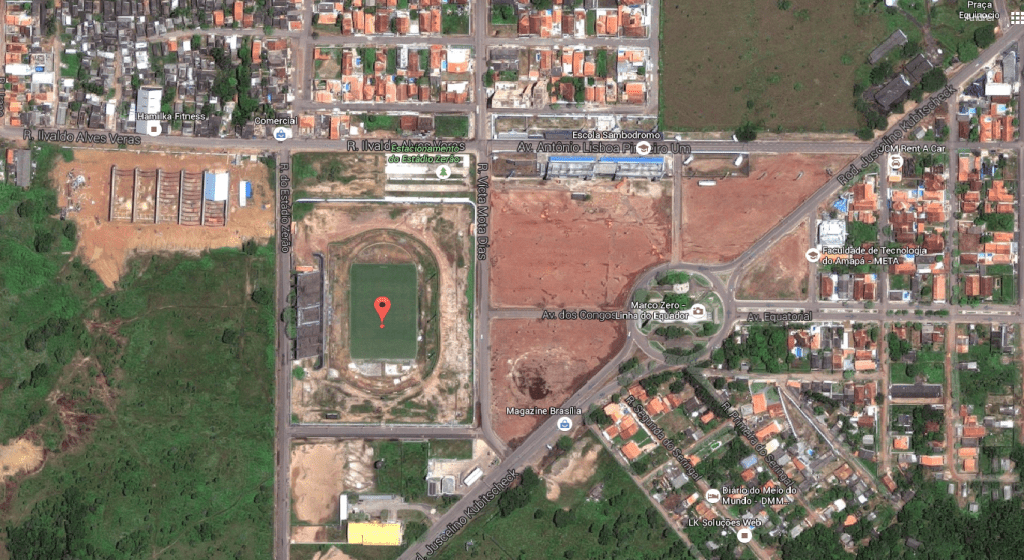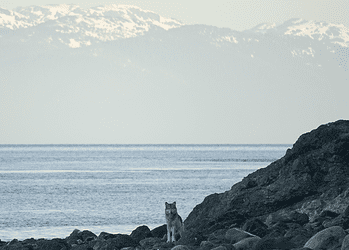You don’t see a big dotted line going through the middle, but this stadium in Brazil is located just on the Equator—so that both teams are defending one hemisphere.
Estádio Milton Corrêa, commonly known as Zerão (literally Big Zero, as in zero latitude), is a multi-purpose stadium in Macapá, Brazil. It regularly hosts local football teams. It looks like any other stadium, except for one thing: its location.
The stadium takes its nickname from the Marco Zero neighborhood, which in turn gets its name from its equatorial claim to fame. Marco Zero is home to the city’s most famous landmark: a tall concrete monument with a central ring that frames the sunrise during the equinoxes. A white line stretches across the plaza, symbolizing the Earth’s belly button.
So… Is It Really on the Equator?
Sort of. The white paint sits roughly 50 meters north of the true Equator, meaning the stadium isn’t technically split between hemispheres. But it’s close enough.
The stadium was built in 1990, reportedly not as part of some grand equatorial scheme, but mostly because the location made sense at the time. The land was available, the neighborhood was growing, and the symbolic latitude line was a bonus. As far as anyone can tell, no one pulled out a globe and said, “Let’s put a stadium exactly at zero degrees.” It just kind of happened—and that happy coincidence turned out to be marketing gold.

For a while, Zerão fell into disrepair. The stadium closed in 2007 due to safety concerns. After a long renovation—including new drainage, new seating, and a refurbished field—it reopened in 2014. Since then, it’s once again become a central part of life in Macapá, a city so isolated you can only reach it by boat or plane. There are no roads connecting it to the rest of Brazil.
On game days, the stadium fills with fans of local teams like Trem and Santos-AP. While the match quality might not rival the best in Brazil, there’s always the added excitement of a midfielder charging through the hemispheres like it’s no big deal.
This article has been originally published in 2012 and was reedited to include more information.







